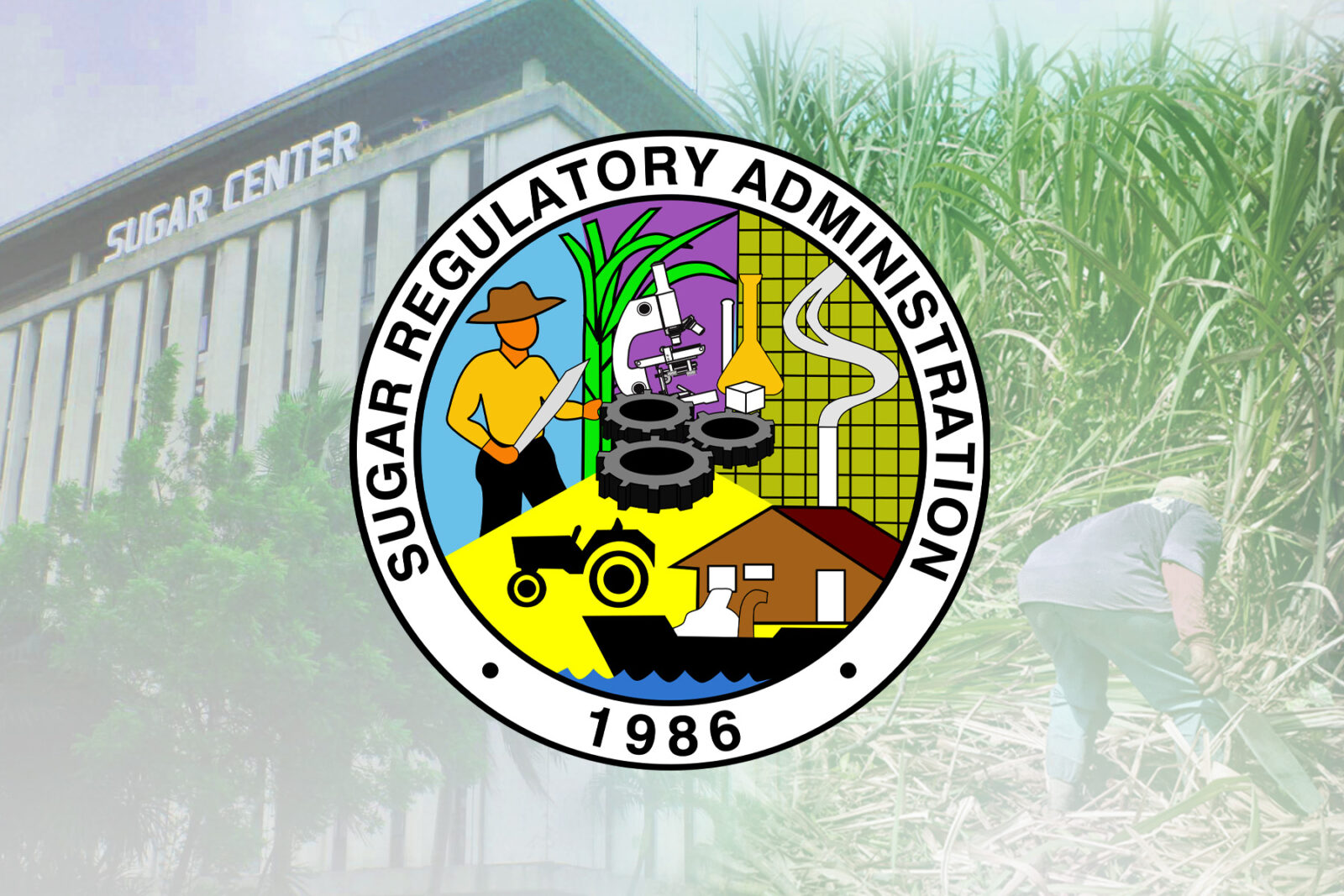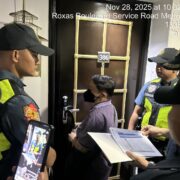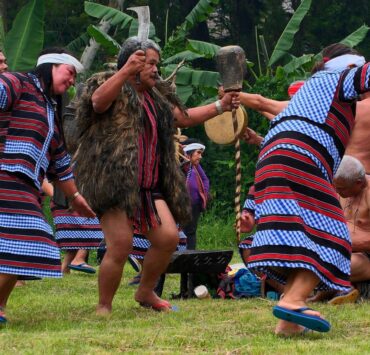More Visayas sugar farms hit by pests

The Sugar Regulatory Administration (SRA) is starting a second study to test pesticides that can stop the red-striped soft scale insects (RSSI), as the infestation spreads across sugarcane fields in the Visayas.
In a report, the SRA said 2,027.79 hectares of sugarcane fields had been attacked by the insects as of June 25, affecting 1,097 farmers. This was over 2,229 percent from 87.04 ha of land recorded by the SRA on May 22.
The majority of affected areas are in Negros Occidental covering 1,980.44 ha, followed by Iloilo with 24.75 ha; Capiz, 19.1 ha; and Negros Oriental, 3.5 ha.
On the other hand, the SRA said 228.16 ha of sugarcane farms are recovering from RSSI, mostly in Negros Occidental.
“While this is still a fraction of sugarcane fields, the rapid spread is worrisome and I believe that the real data can even be bigger as there are farms that have started their own remedy without reporting the matter to SRA,” SRA Administrator Pablo Luis Azcona said in an earlier interview.
FDA permit
The SRA has yet to secure an emergency permit from the Food and Drug Administration (FDA) to spray pesticides on sugarcane fields ravaged by RSSI.
However, Azcona has instructed the La Granja Agricultural Research and Extension Center (LGAREC), the SRA’s research center in La Carlota City in Negros Occidental, to carry out a second study on pesticides to control the infestation.
The SRA had requested an emergency use permit from the FDA to use five insecticides to curb RSSI spread: buprofezin, dinotefuran, phenthoate, pymetrozine and thiamethoxam.
It will also observe sugarcanes that have recovered from the pest infestation, particularly their sugar content, as the RSSI can reduce the sugar content by as much as 50 percent if these are not contained.
Azcona urged all sugar groups and farmers to report the extent of infestation in their farmlands to the SRA or through their Mill District Development Committees to provide a better picture on how to resolve the situation.
“We are also urging the local government units, especially in highly infested areas, to declare a state of calamity as this will help us in expediting procurement of pesticides that can be immediately distributed to help abate this infestation,” he said.
The Department of Agriculture approved P10 million in pesticide assistance this month.
The SRA also said its research team and personnel continue its validation and monitoring efforts as well as technical advisories and assistance to eliminate the disease.
The SRA had said that the infestation might have originated from planting materials transported from Luzon, noting that the pest was first observed in plantations in Luzon in 2022.

















